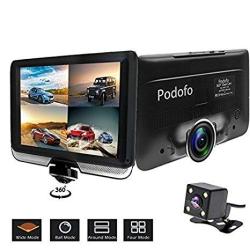

This means you can shoot everything that’s going on and select your area of focus when you're back home – particularly useful for fast-moving and unpredictable subjects, such as safari animals of extreme sports enthusiasts. It’s worth remembering, though, that even a relatively high resolution won’t necessarily result in detailed images: because pixels are stretched over a 360-degree frame, the small part you’re viewing might well be less than Full HD.Īlso look at cropping functionality, which allows you to extract a standard ‘flat’ video from the 360-degree footage you’ve captured. The best 360 cameras include features like automatic stitching (which saves you the hassle of manually aligning multiple captures), image stabilization, live-streaming and resolution, which in some cases goes up to 8K. That said, there are plenty of differences between them.

Most work by using multiple camera modules – usually two wide-angle lenses back-to-back – to capture footage which can then be digitally combined into a fully spherical video or, more usefully, into a standard two-dimensional video weaved together from frames that you've chosen after the fact.


 0 kommentar(er)
0 kommentar(er)
